Optimal Seasons for Concrete Repairs
Concrete repairs are most effective when performed during optimal weather conditions. Temperature, humidity, and precipitation significantly influence the curing process and the longevity of repairs. Understanding seasonal variations helps determine the best time to undertake concrete maintenance projects.
Spring offers moderate temperatures and lower humidity, ideal for concrete curing. Repair work during this season benefits from reduced risk of cracking caused by extreme cold or heat.
Summer provides warm weather, but high temperatures and direct sunlight can cause rapid evaporation, leading to cracks. Proper planning and shaded work areas are essential.
Fall presents cooler temperatures and lower humidity, making it a suitable period for concrete repairs before winter sets in.
Cold temperatures slow down curing and can cause freeze-thaw damage. Repairs are generally discouraged during winter unless climate-controlled methods are used.
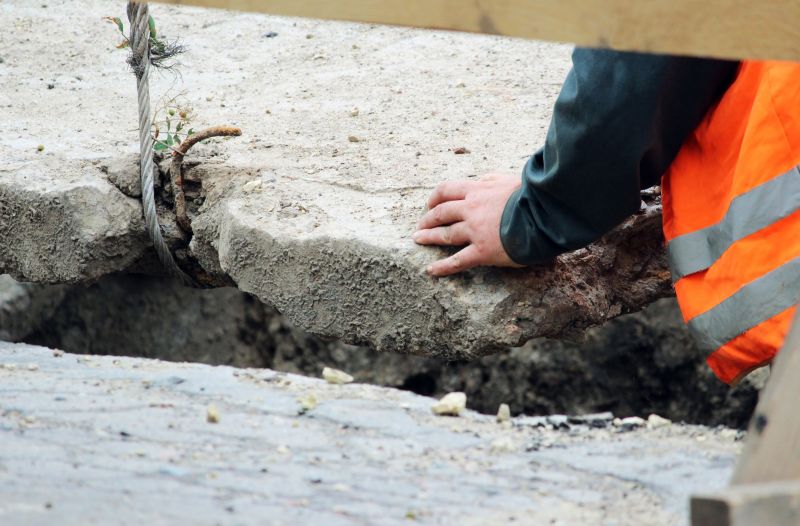
Ways to make Concrete Repairs work in tight or awkward layouts.
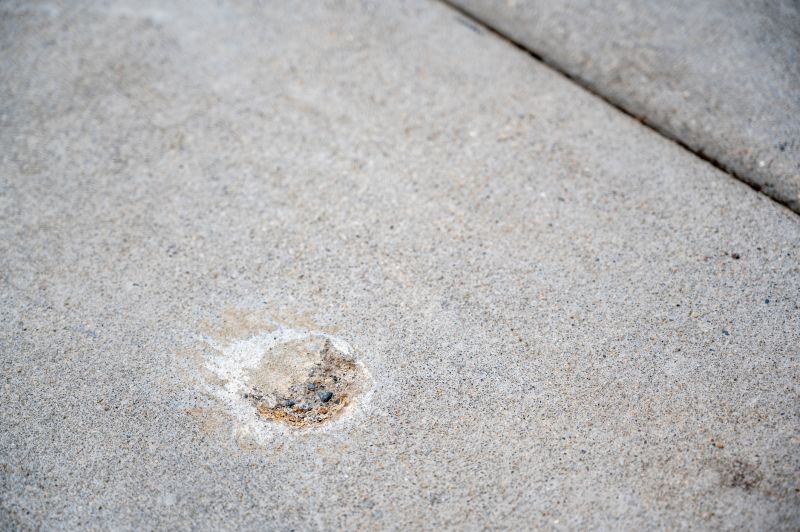
Popular materials for Concrete Repairs and why they hold up over time.

Simple add-ons that improve Concrete Repairs without blowing the budget.
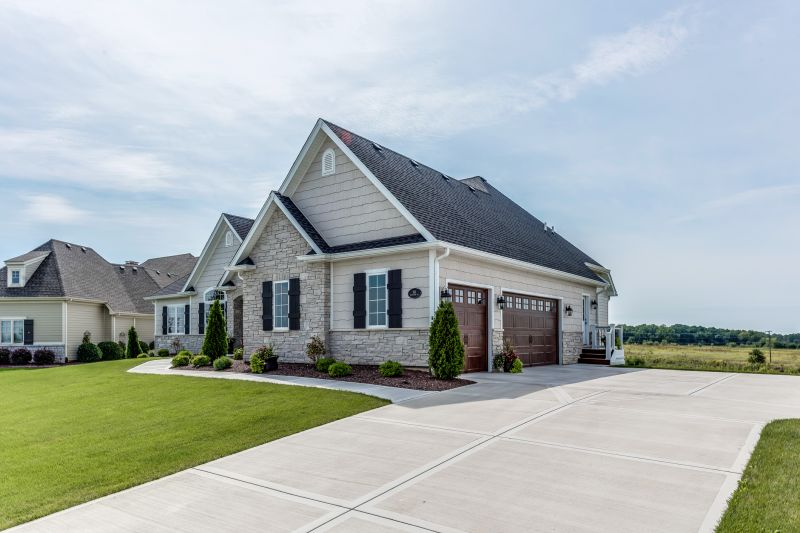
High-end options that actually feel worth it for Concrete Repairs.
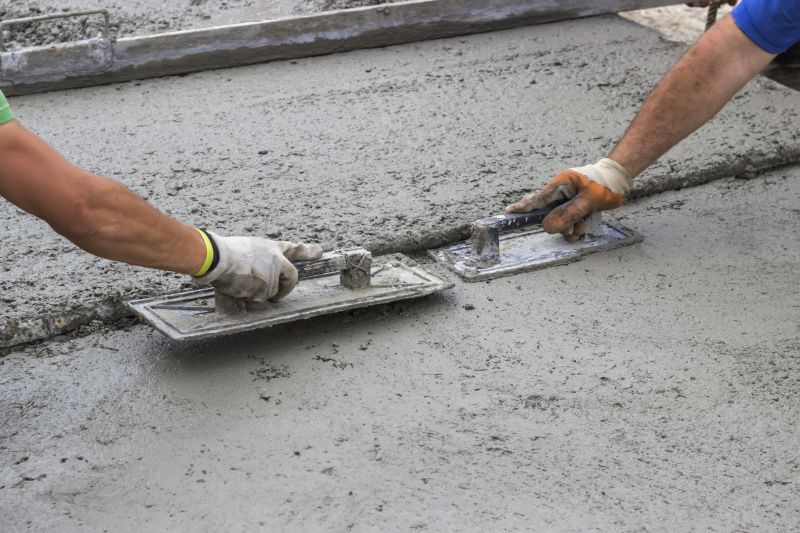
Finishes and colors that play nicely with Concrete Repairs.
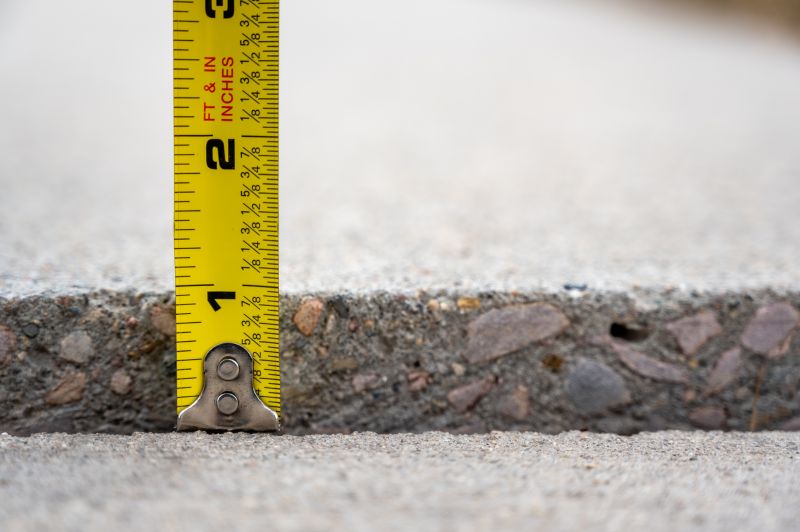
Little measurements that prevent headaches on Concrete Repairs day.
| Season | Best Conditions |
|---|---|
| Spring | Moderate temperatures, low humidity, no frost |
| Summer | Warm weather, avoid extreme heat and direct sunlight |
| Fall | Cooler temperatures, lower humidity |
| Winter | Cold temperatures, freeze-thaw risk, generally discouraged |
Concrete repairs are essential for maintaining structural integrity and aesthetic appeal. Proper timing ensures that repairs cure correctly and resist environmental stressors. Delaying repairs during unsuitable weather can lead to increased costs and compromised results.
Statistics indicate that performing repairs during optimal weather conditions reduces the likelihood of cracking and surface deterioration. Approximately 60% of concrete failures are related to environmental factors that could be mitigated with timely maintenance.
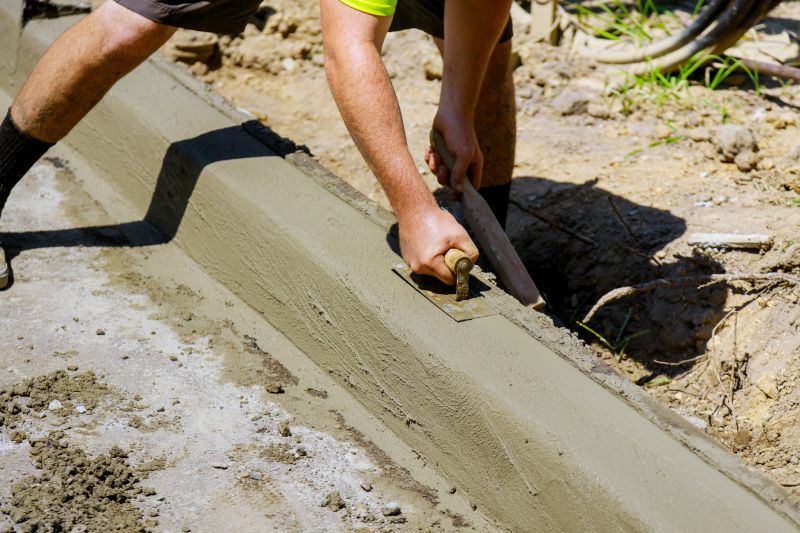
A 60-second routine that keeps Concrete Repairs looking new.
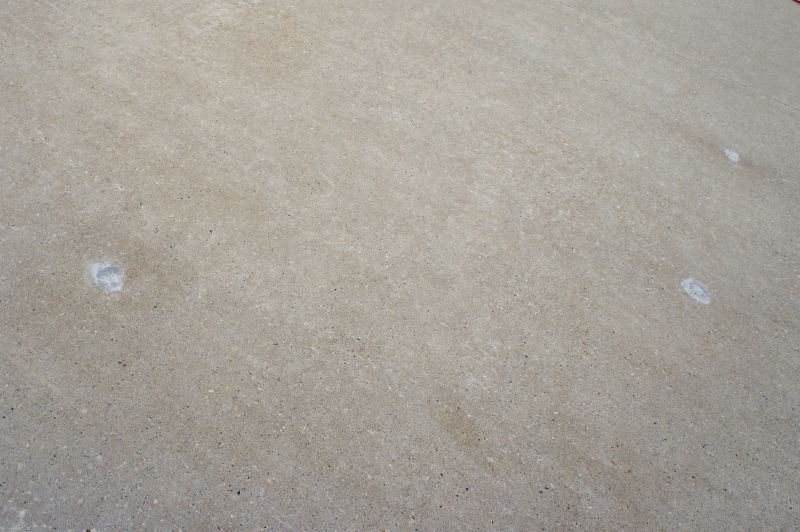
A frequent mistake in Concrete Repairs and how to dodge it.
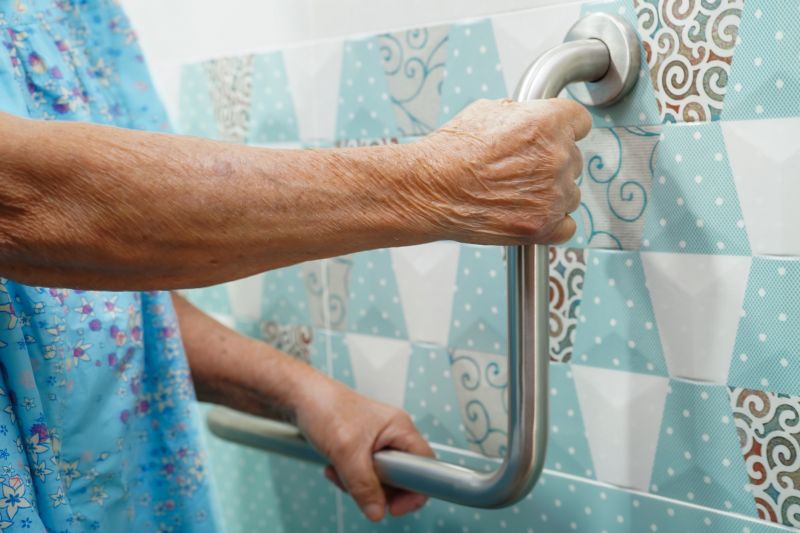
Small tweaks to make Concrete Repairs safer and easier to use.
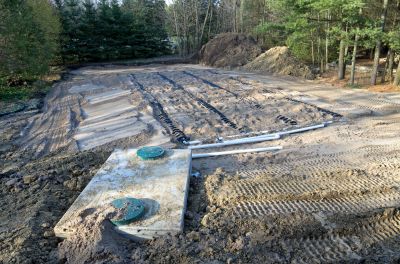
Lower-waste or water-saving choices for Concrete Repairs.
Interested in concrete repairs? Filling out the contact form provides a way to request more information or schedule a consultation. Proper timing and execution are key to long-lasting results.
